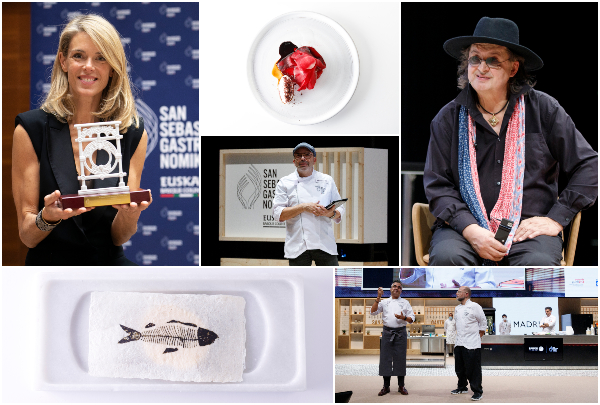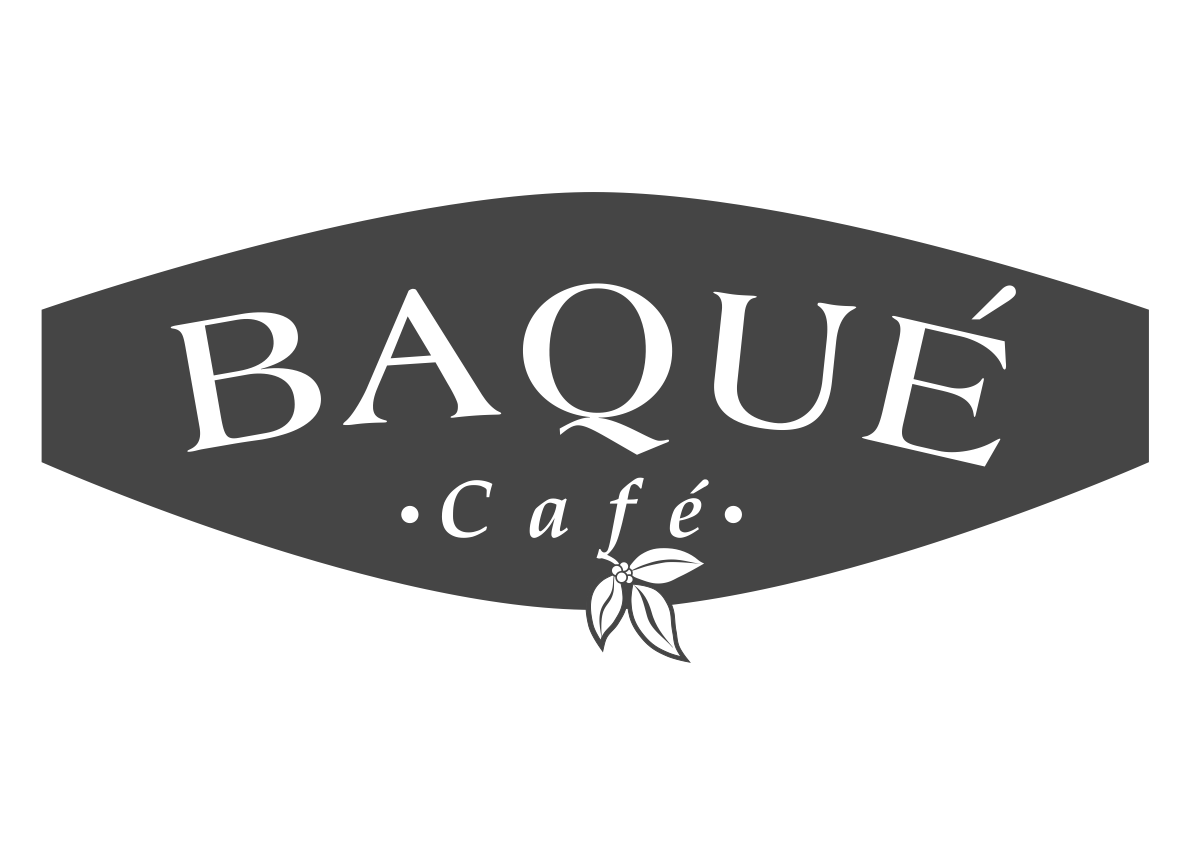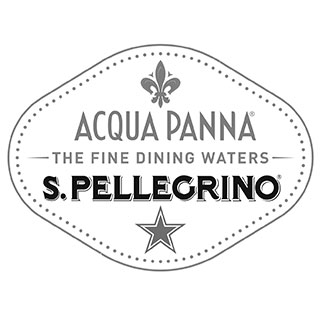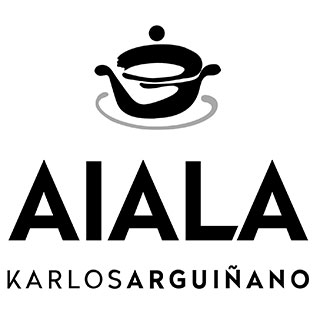News
Romain Fornell: “We’re chefs in Spain, but with French roots”
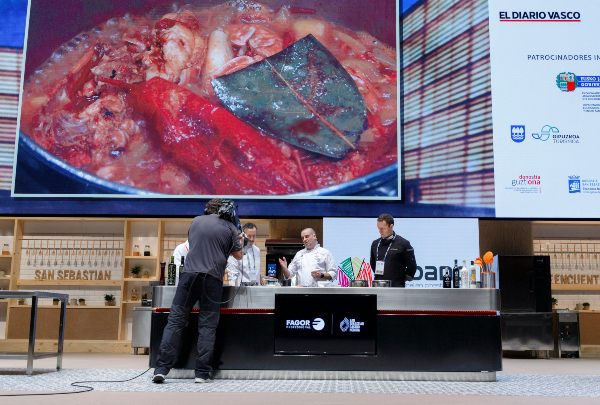
The French chef who has settled in Catalonia and who is in charge of more than a dozen restaurants, including Caelis –with a Michelin star-, came up on stage at the Auditorium to defend his French roots. To do this, he makes use of the preparation of three sauces and essential juices in the French cookbook, and in ours, and the basis for many dishes.
Romain Fornell starts his presentation by introducing the cooking team from several of his restaurants who help him to prepare the base for three sauces. “We are chefs in Spain, but with French roots. We need to defend this type of cuisine. It looks like we are going back to things that are more coherent than what was being done a few years ago. They are sauces, juices and bases that comfort us and give us pleasure”, Fornell claims.
One of the basic elements in these sauces, juices and stocks is butter “which helps to fix the flavours, and concentrate them, although you shouldn’t overuse them”, he says. And he adds “We’ll use them in two of the three recipes because today it’s all about defending our cuisine –referring to French cuisine- which is not one based on olive oil, that’s from the South of France, but the cuisine of the West of the country and the area of Lyon and Paris”.
The first recipe is a beurre blanc, that is typical of Brittany, with a Nantes wine reduction, shallot and butter (which is added very cold so that a temperature contrast occurs). The mixture is stirred at a low heat, patiently, until it becomes more consistent. “It would be the perfect base for a steamed sea bass that, if we like, caviar can be added to. It’s a sauce, but it could perfectly well be a dish”, he points out.
The second recipe is the base for all meat stocks. “It is caramelised, strongly with a drop of oil, for example, some langoustines, although it can be used to make a meat, fish or other seafood stock… it’s the same base. The concentration of flavours is achieved by caramelisation”, he claims. The langoustines are seared, opened down the middle with the head cut off, and they are deglazed. “The more colour they acquire, the tastier they are”, he explains. He adds garlic, a bay leaf, onion, “and you can also add white wine or brandy. It is left to cook for 20-30 minutes and herbs are added to enhance the flavour. “It is one of the sauces that forms part of our culinary heritage”, he points out.
The third recipe is a Béarnaise sauce. “It goes perfectly with roast beef, with a grilled steak. It’s an important bistro recipe in France. It’s originally from Paris”. But its preparation uses shallot, a vinegar reduction in a pan and tarragon, and is gradually beaten. “We add yoke, but it doesn’t need to set. It is beaten as if it were mayonnaise and it’s not served hot or cold”, he explains. “It’s an easy, common, popular recipe, but behind it there needs to be a lot of savoir faire”, he says in closing.
.jpg)
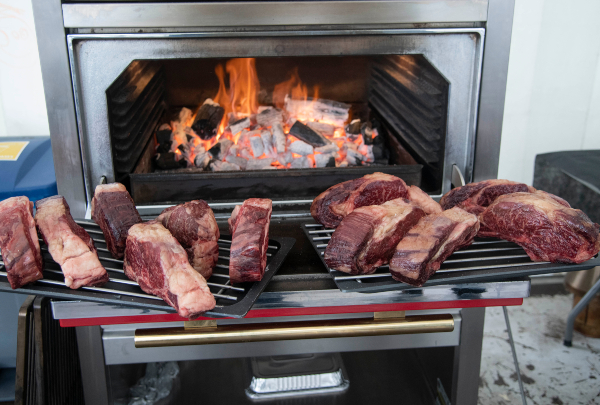
.jpg)
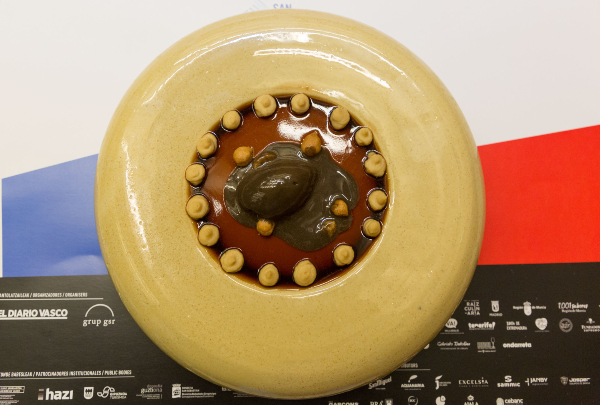

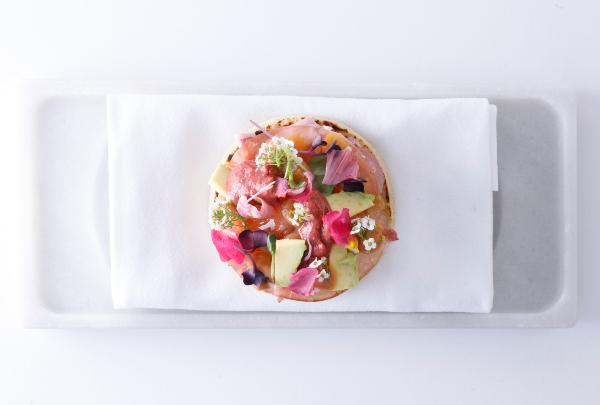
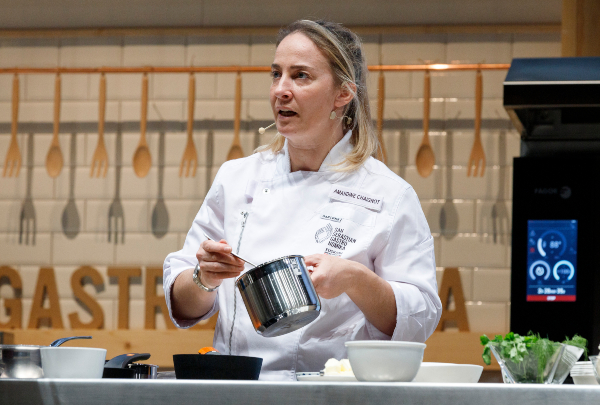
.jpg)

